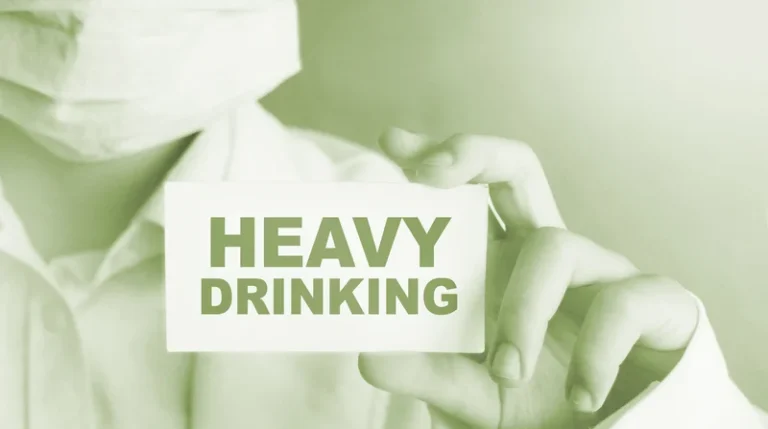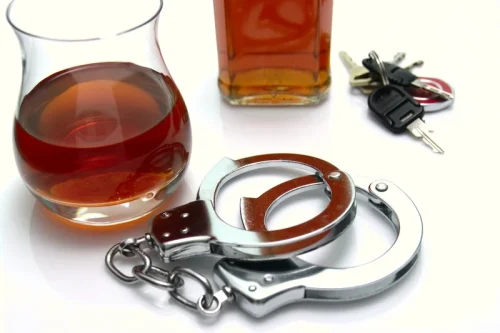Alcohol Abuse and Alcoholism: Signs, Symptoms, and Diagnosis

But the underlying condition will remain, and people must be ready to deal with relapse triggers. Behavioral treatments—also known as alcohol counseling, or talk therapy, and provided by licensed therapists—are aimed at changing drinking distinguish between alcohol abuse and alcoholism behavior. Examples of behavioral treatments are brief interventions and reinforcement approaches, treatments that build motivation and teach skills for coping and preventing a return to drinking, and mindfulness-based therapies.

Getting Help for Someone Facing an Alcohol Use Disorder
It’s a brain disorder that can be measured on a scale of mild, moderate or severe depending on the level and frequency of consumption and adverse effects. According to the National Institute on Alcohol Abuse and Alcoholism, the risk for developing AUD increases when you engage in behaviors like binge drinking and heavy alcohol use. Alcoholism, or Alcohol use disorder (AUD), is a more severe form of alcohol abuse characterized by both a mental and physical dependence on alcohol.
International Patients
People may drink for its depressant effects or the feelings of calm, relaxation, and well-being it produces. There are several forms of abuse, with varying degrees of drinking with each. If you’re having thoughts of hurting yourself or ending your life, know that you’re not alone. The higher your BAC level, the higher your chance of alcohol poisoning.

What Is Alcohol Use Disorder?
While specific medications have been identified, more research is needed to fine-tune their application for alcohol abuse. Too much alcohol affects your speech, muscle coordination and vital centers of your brain. A heavy drinking binge may even cause a life-threatening coma or death.
Another complication is alcohol withdrawal syndrome, which may occur after you stop drinking and can cause symptoms such as nausea, shaking, and sweating. It can also lead to serious symptoms like seizures, fever, or hallucinations, and can be a medical emergency. According to the DSM-IV, an alcohol use disorder is clinically defined as, “a problematic pattern of alcohol use leading to clinically significant impairment or distress”.
- No matter the frequency, if your drinking habits have negatively affected your life, it’s possible you have a problem with alcohol abuse.
- Anyone struggling to stop drinking alcohol should seek proper supervision, such as a medically supervised detox program.
- Sometimes, their drinking falls into a pattern considered alcohol abuse.
- If you have a concern that you have AUD, you can see a health professional for consultation.
- Boca Recovery Center is here to provide the best quality care in the treatment of drug and alcohol addiction.
- While cirrhosis scars from excessive drinking are irreversible, quitting alcohol and leading a healthier lifestyle can help your liver heal from alcohol-related liver disease.
National Institute on Alcohol Abuse and Alcoholism (NIAAA)
While alcoholics typically require treatment to stop consuming alcohol, alcohol abusers may be able to choose to limit their consumption based on circumstances like their financial situation. The CDC recommends no more than 2 drinks a day for men and 1 drink per day for women to avoid the risk of harm and chronic disease. Therefore, individuals regularly consuming drinks in excess of these guidelines may be defined as abusing alcohol.
How do you know if you have AUD?
- By the 1880 census, the Bureau of the Census had developed seven categories of mental illness.
- Physicians screen for AUD using the DSM-5 criteria to measure your symptoms and whether you have a mild, moderate, or severe case of AUD (8).
- It doesn’t matter how tiny the glass is, or how little you drink before becoming intoxicated.
- Alcoholism, medically known as alcohol use disorder (AUD), occurs when a person has formed a mental reliance on (addiction to) and/or a chemical dependency on alcohol.
- Instead, it is a term that was primarily coined by individuals who suffer from and have recovered from alcohol abuse, addiction, and alcohol use disorder.
- Yet they continue to drink despite these consequences, which can lead to long-term issues with their physical or mental health.
The definition continues to outline examples of AUD to determine severity of the disorder. Continued alcohol abuse can lead to alcoholism, but alcoholism exhibits various https://ecosoberhouse.com/ other symptoms that are in addition to symptoms of alcohol abuse. Daily drinking can have serious consequences for a person’s health, both in the short- and long-term.
- Thus, here, too, it’s important to be cognizant of the signs of PTSD in patients with AUD, and vice versa.
- Seek immediate medical care (call 911) if you, or someone you are with, have life-threatening symptoms related to complications of alcoholism.
- Another difference between AUD and alcoholism is that alcohol use disorder defines the severity of an individual’s disordered drinking, whereas, alcoholism is an umbrella term for problem drinkers.
- When this occurs repeatedly over time, and when it begins to impact your health and your life, alcohol misuse can become AUD.
- In other words, people who have developed a tolerance to alcohol, experience symptoms of withdrawal when they do not drink, and have a difficult time quitting alcohol use could be described as an alcoholic.
Behavioral Treatments
You can find the alcohol rehab program you or a beloved family member need to overcome alcohol use disorder at all levels, from alcohol abuse to alcoholism. Alcohol misuse or abuse can lead to alcohol use disorder, a condition difficult to overcome without proper help, support, and treatment. As drinking becomes a pattern, it may take greater and greater amounts of alcohol to produce the same effects. People may try to overcome their tolerance whenever they drink by consuming more alcohol.

- View our editorial content guidelines to learn how we create helpful content with integrity and compassion.
- If you feel that you sometimes drink too much alcohol, or your drinking is causing problems, or if your family is concerned about your drinking, talk with your health care provider.
- It can also lead to serious symptoms like seizures, fever, or hallucinations, and can be a medical emergency.
- One way to differentiate PTSD from autonomic hyperactivity caused by alcohol withdrawal is to ask whether the patient has distinct physiological reactions to things that resemble the traumatic event.
- Our helpful representatives can discuss your situation with you, explain your treatment options, and get you started on the path to lifelong recovery.
You can determine whether your patient has AUD and its level of severity using a quick alcohol symptom checklist as described in the Core article on screening and assessment. As needed, you can refer to a mental health specialist for a complete assessment. No matter the frequency, if your drinking habits have negatively affected your life, it’s possible you have a problem with alcohol abuse. The terms “alcohol abuse” and “alcoholism” are often used interchangeably.
